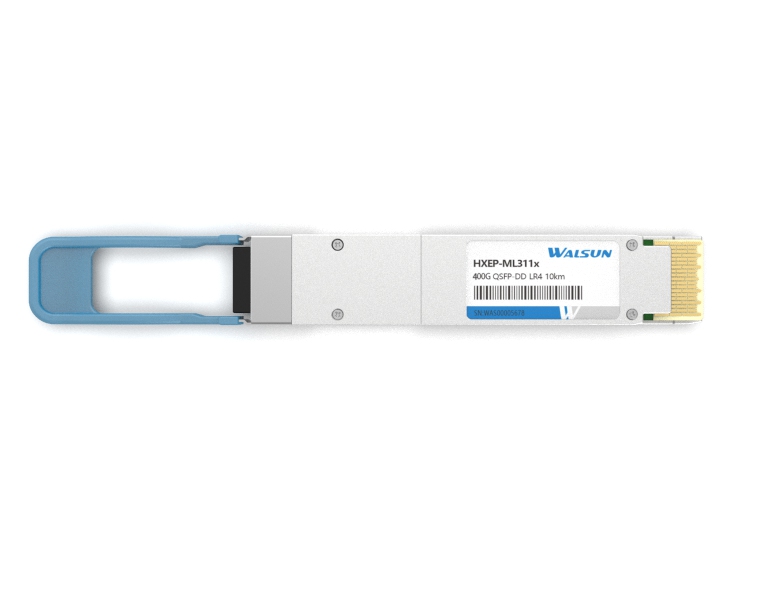PRODUCTS

- Many people are not clear about the difference between sfp and sfp+, so sometimes it brings unnecessary trouble. 10G module has gone through the development from 300Pin, XENPAK, X2, XFP, and finally realized the same size as SFP to transmit 10G signals, which is SFP+. SFP meets the demand of high density of optical modules by virtue of its miniaturization and low cost, and has replaced XFP to beco960

- SFP and QSFP ports are both types of transceiver ports used in networking equipment, but they have different form factors and capabilities.SFP (Small Form-factor Pluggable) ports are smaller, modular ports that can support data rates of up to 10 Gbps. They are typically used in networking equipment such as switches, routers, and network interface cards to connect with fiber optic or copper cables.709

- What is QSFP?QSFP abbreviation stands for Quad Small Form Factor Pluggable.QSFP is available for use in both single-mode and multimode and can to support 4 independent channels that can individually transmit at up to 1.25 Gbps per channel for a total speed of above 4 Gbps.QSFP vs QSFP+What is QSFP+? QSFP+ stands for Quad Small Form-factor Pluggable Plus,which is an upgraded version of QSFP designe1212

- SFP and SFP+: SFP is for 100BASE or 1000BASE applications while SFP+ is used in 10GBASE applications. SFP+ ports can accept SFP optics but at a reduced speed of 1 Gb/s, but an SFP+ transceiver cannot be plugged into an SFP port.SFP+ and SFP28: SFP28 is designed for use with 25GBASE connections. SFP+ and SFP28 have the same form factor, and compatible pinouts. SFP28 transceivers will work with SFP+513

- Cisco QSFP-100G-SR4-SThe Cisco 100GBASE-SR4-S QSFP Module supports link lengths of up to 70m (100m) over OM3 (OM4) Multimode Fiber with MPO connectors. It primarily enables high-bandwidth 100G optical links over 12-fiber parallel fiber terminated with MPO multifiber connectors. QSFP-100G-SR4-S supports 100GBase Ethernet rate.Cisco QSFP-40/100G-SRBDThe Cisco QSFP 40/100 Gb dual-rate bi-directional718


 CHS
CHS Walsun Mall
Walsun Mall










